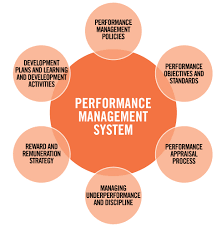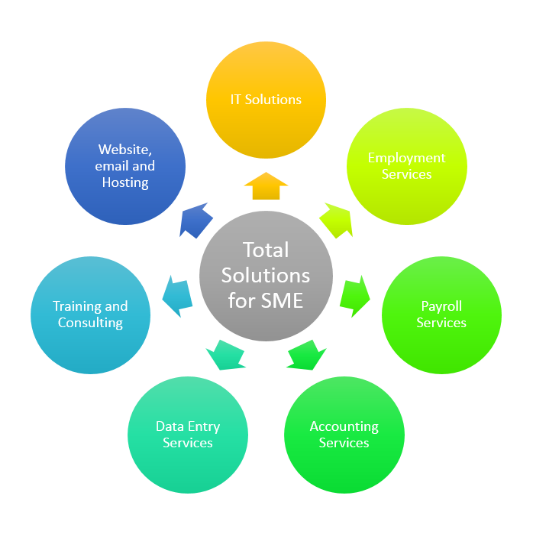Summary of Six Purposes of a Performance Management System.
Strategic: It links the organization’s goals with individual goals, thereby reinforcing behaviors consistent with the attainment of organizational goals. Administrative: It is a source of valid and useful information for making decisions about employees, including salary adjustments, promotions, employee retention or termination, recognition of superior performance, identification of poor performers, layoffs, and merit increases. Communication: It allows employees to be informed about how well they are doing, to receive information on specific areas that may need improvement, and to learn about the organization’s and the supervisor’s expectations and what aspects of work the supervisor believes are most important. Developmental: It includes feedback, which allows managers to coach employees and help them improve performance on an ongoing basis. Organizational maintenance: It yields information about skills, abilities, promotional potential, and assignment histories of current employees to be used in workforce planning as well as assessing future training needs, evaluating performance achievements at the organizational level, and evaluating the effectiveness of human resource interventions (for example, whether employees perform at higher levels after participating in a training program).
Documentation: It yields data that can be used to assess the predictive accuracy of newly proposed selection instruments as well as important administrative decisions. This information can be especially useful in the case of litigation.




